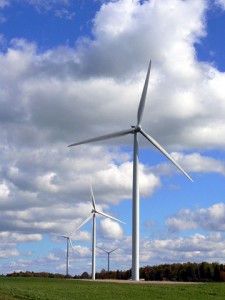Wind blades
 Detectable Defects
Detectable Defects
The mechanical properties of laminates used for wind blades depend on:
- Presence and type of delaminations.
- Correct bonding of different parts.
- Homogeneity of laminate thickness.
- Fiber compaction in the laminate.
- Homogeneity of mechanical properties throughout the structure.
- Presence of extraneous inclusions in the laminate.
Q.I. developed a wide range of tests that address each of the specific issues listed above
Inspection in the construction yard
The range of tests that Q.I. performs on the construction site typically include:
- Assessment of product quality.
- Mapping of defect type and size.
- Case-specific assessment of defect causes and history.
- Creation of a database of inspected structures.
As a result, we can help you IDENTIFYING SYSTEMATIC FLAWS in the production process.
On site inspection
Inspections can also be performed directly in wind farms, aiming at:
- Product monitoring.
- Failure prevention.
01.07.2001 – Reinforced Plastics – by Stefano Beltrando, Miriam Cerutti
NDT of blades
An ultrasonic technique for inspecting composite parts has been developed by Italian company QI Composites. The technique is already used on boat hulls and masts, and could provide wind turbine blade makers with a cheap, fast way of finding defects.
According to QI, the best way to prevent delaminations in composite structures is to check them just after construction and periodically when in use. The method is non destructive an gives and immediate result. The echo of the emitted ultrasonic wave determines the kind of defect in the structure (void, inclusion, delamination, etc) and its dimensions. The portable system can be used on as much of the structure as necessary

